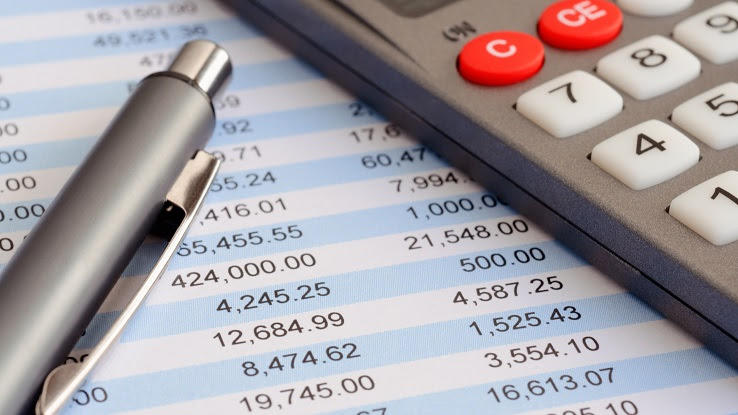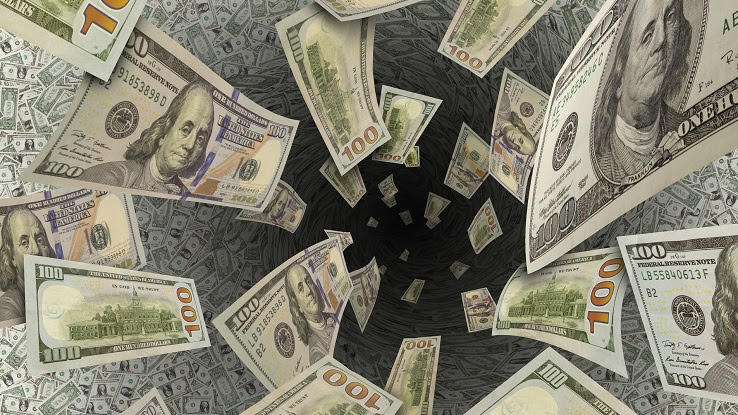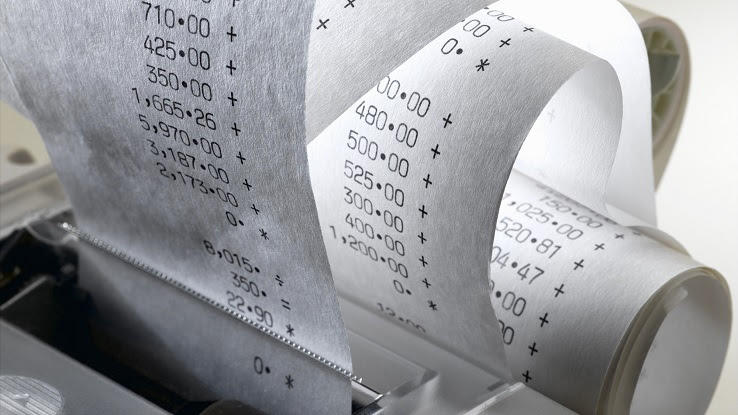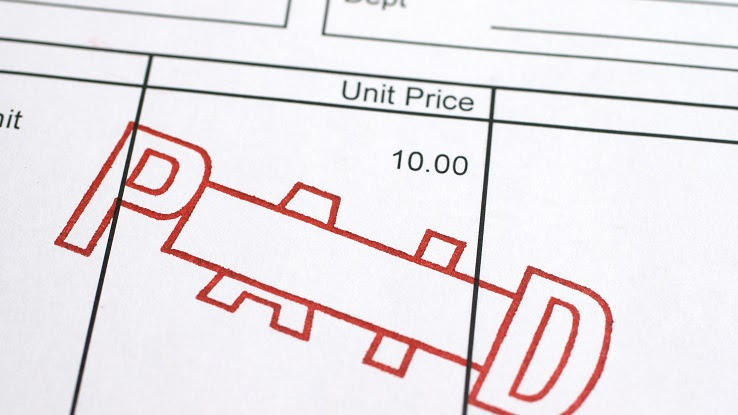How to Calculate Free Cash Flow From Financial Statements

Financial statements are reliable methods of measuring the performance and stability of a business. A cash flow statement is one type of financial document that displays the amount of cash, and other forms of money, that flow into and out of a business.

A cash flow statement organizes all of the various sources of income and expenditures that a business has into an easy-to-understand format. The cash flow statement shows how much money the business is earning and how much money the business is spending.
The different sections of a cash flow statement help everyone from C-suite executives to accountants or stockholders analyze what areas of the business are strong and what areas may be a cause for concern.
What Is Cash Flow?

Cash flow is the pattern of money entering and exiting a business. When cash flow is positive, more cash enters the business than leaves it. When cash flow is negative, more cash leaves the business than enters it. Every business needs a steady flow of cash to continue operating.
Why Do We Need Cash Flow Statements?

Cash flow statements make business budgeting easier. The difference between accounts receivable and accounts payable can be huge. A cash flow statement gives a clear picture of how much liquid assets (in other words money that can be spent right now) the business has.
The sections of a cash flow statement make it clear what line items are the biggest sources of income or expense. If a certain piece of equipment takes more money to operate than the revenue earned from the product it is used to create, a cash flow statement will reveal that issue.
Sections of a Cash Flow Statement

Cash flow statements have three main sections. Cash from operating activities includes revenue from selling goods and services and the expenses that go along with running the business. Sales, operating expenses, wages, and income taxes are all considered to be cash from operating activities.
Cash from investing activities includes any action that is taken to generate future income. Some examples are buying land or equipment or selling shares on the stock market.
Cash flow from financing activities includes any money involved in loans or stock dividends. This can include taking out loans, repaying loans, and making dividend payments.
Some cash flow statements also include a fourth section for non-cash activities. Depreciation, amortization, and obsolescence of equipment can reduce net income, but there is no transfer of cash. Some businesses note these items, but they are not included in the cash flow calculation.
Cash Flow Statement Example

A cash flow statement starts with the cash at the beginning of the period. Then, income and expenses are listed vertically by the following categories: operating, investing, and financing activities. Line items that subtract from cash flow are listed inside parentheses. Within each category, items are further grouped by additions and subtraction to cash, and a net cash flow is listed at the end of each section.
Here is a cash flow statement for a business that does not have financing activities.
Cash, Beginning of Period: $100,000
Cash Flow from Operating Activities
Additions
Net Income: $50,000
Subtractions
Accounts Receivable ($10,000)
Net Cash from Operating Activities: $40,000
Cash Flow from Investing Activities
Additions
none
Subtractions
New Equipment: ($1,000)
Net Cash from Investing Activities: ($1,000)
Cash, End of Period: $139,000
How to Use a Cash Flow Statement

A cash flow statement shows how much cash the business currently has, and the net amounts of cash coming into the business versus flowing out of it. This can be used to determine whether the business can really afford some new expenditure. A cash flow statement can be used to see how stable or financially healthy the business is, and cash flow statements from different time periods can be used to predict future cash flows.
Cash flow statements put earnings and expenses into perspective. Earning $1 million may be phenomenal for one company and concerning for another. A $1 million expenditure could break the bank for one business and barely put a dent in cash reserves for another. When it comes to cash, numbers do not always paint an accurate picture. To determine whether earning a certain figure is good or bad for the business, analyze cash flow to see if that figure is high enough to sustain the business.
How to Calculate Cash Flow

Here is the formula for cash flow:
Cash Flow = Cash from operating + Cash from investing + Cash from financing
The amounts of cash from operating, investing, and financing are net amounts reached from subtracting all of the expenses in a certain category from all of the sources of income in the category. Cash flow can be a positive or negative number.
Direct and Indirect Cash Flow Statement

What transactions end up on the cash flow statement? That depends on the method of accounting the business uses. For the direct method, the business adds items to the cash flow statement at the time a transaction happens. The direct method often relies upon receipts. For the indirect method, the business works backward from the net income listed on the income statement. Then, individual line items are added and subtracted from that number to get a correct measure of cash flow.
Earnings Vs. Cash Flow

Earnings are money that a business has earned, but that money is not always reflected as cash on hand. Accounts receivable are the category of income that has been earned but not paid yet. Depending on the accounting method used, income that is earned but not yet paid can be listed as an asset or a liability. However, cash flow is a measure of cash on hand. Earnings that are not held are not part of cash on hand.
Where to Get a Cash Flow Statement

Accountants and accounting software can generate cash flow statements. Business owners and employees can also make a cash flow statement of their own. All publicly traded companies (i.e. companies that sell shares) are required to publish their cash flow statements regularly.
Cash flow statements are simple financial statements that tell how much money a business has currently and give a basis for projecting how much net income the business is likely to earn in the future.
MORE FROM ASKMONEY.COM

How to Calculate Free Cash Flow From Financial Statements
Source: https://www.askmoney.com/budgeting/cash-flow-statement-and-elements?utm_content=params%3Ao%3D1465803%26ad%3DdirN%26qo%3DserpIndex